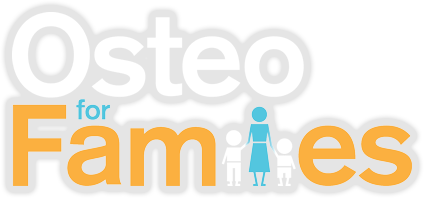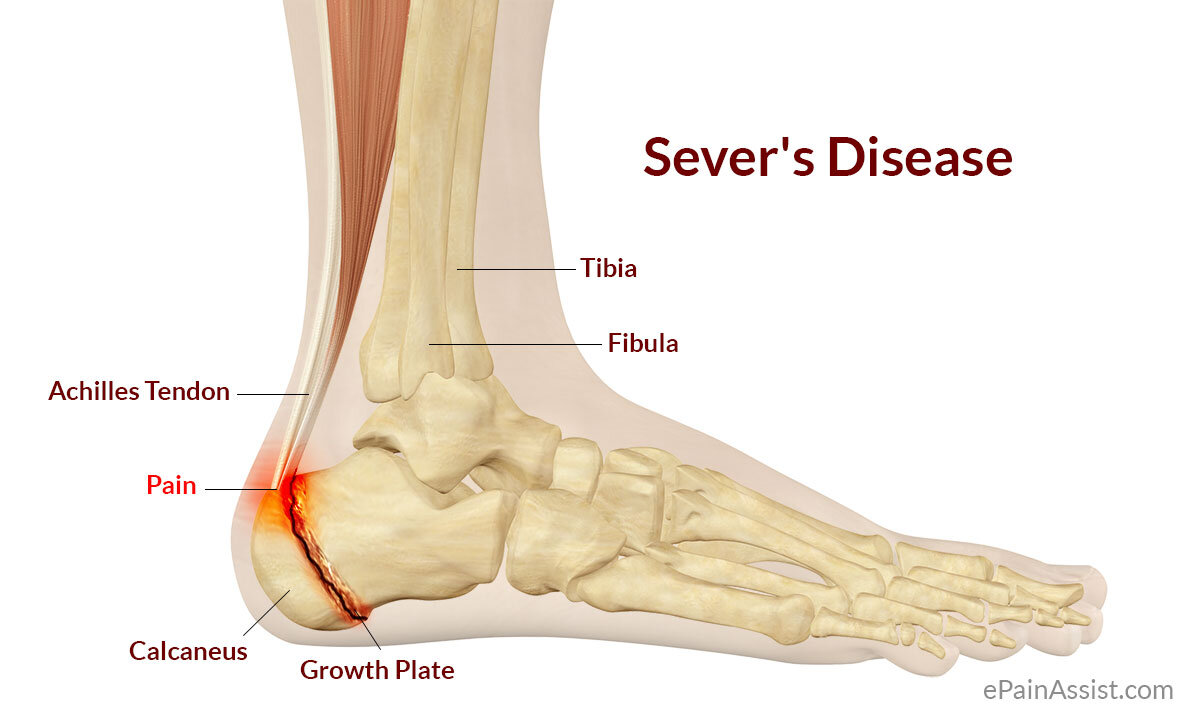Heel Pain in Kids and Teenagers /Sever’s Disease
What is it?
Sever’s disease is typically a pain located in the back of the heel bone where the growth plate is. The Achillies tendon inserts into this growth plate and becomes inflamed causing pain. It is one of the most common causes of heel pain in growing children and adolescents. Your child may complain of heel pain after exercise, especially if the exercise involves running or jumping, heel stiffness and may possibly walk with a limp.
What causes Sever’s disease?
When a child goes through a growth spurt the bones grow faster than the ligaments and tendons. This combined with repetitive movements such as running and jumping can pull excessively on the tendons and ligaments and may lead to inflammation of the heel.
How is it treated and managed?
We all need to focus on reducing the pain and swelling. Things that may be considered as part of your child’s treatment plan may be rest, cold compression, shoe adjustment, home treatment techniques looking at the calf and the achilles tendon, hands on treatment and rehabilitation exercises when appropriate.
Sever’s disease can reoccur with each growth spurt which is why treatment and rehab should be part of the management plan. But the good news is that sever’s disease should not return once your child is fully grown.
Why does my child complain about pain in his/her heels only at footy? Is his/her boots ok?
The design of footy boots are for that of running on the field (a muddy soft field rather than a hard surface). They are generally a flat shoe therefore the tendon is more on stretch when your child runs and jumps. We generally see a flare up of Sever’s more at the start of the season when the running load is at the highest.
So how do we tackle this? ASICS footy boots are known for having boots with a higher heel, so not as flat as other boots which helps take pressure off the achilles, but understanding that ASICS won’t work for all children, a cushioned heel support can be the answer for some.
Are there exercises / stretches my child should avoid?
Because the achilles tendon is already irritated we want to avoid movements or exercises which may further stretch and irritate the achilles. Avoiding calf stretches or calf raises is particularly important as these movements typically irritate an already irritable tendon.
Backing off and or avoiding activity that involves a lot of repetitive running or jumping can be necessary at times depending on the severity and stage of the Sever’s. Your Osteopath can advise you here.
Are there any Exercises to help my child with Sever’s or heel pain?
Depending on where your child is in their treatment plan there are some exercises that can be prescribed to help strengthen their feet, leg and sometimes bum muscles to help improve their biomechanics and proprioception throughout their lower limbs. At Osteo 4 families we assess each and every child and base a program specifically for them.
Who should I seek advice from?
A trusted health professional such as an Osteopath can help diagnose and work with you to create a plan with the aim to manage any flare ups but also to provide you with a graduating rehab program. Our aim at Osteo for Families is to try and keep your child in sport for as long possible by avoiding flare ups where possible.
Picture credit to https://www.epainassist.com/sports-injuries/foot-and-heel-injuries/severs-disease-or-calcaneal-apophysitis

